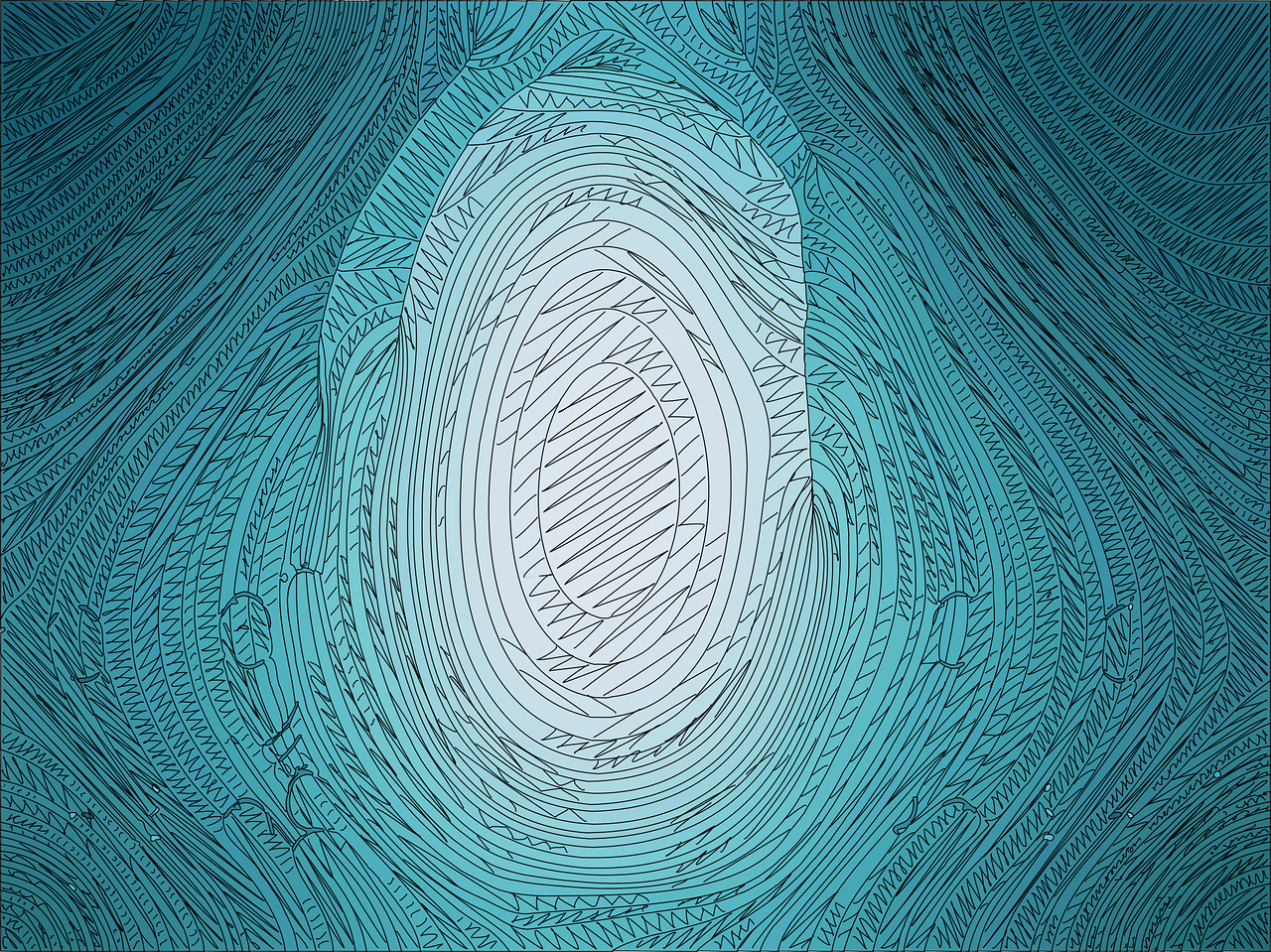When most people think of Switzerland, they think of its magnificent snow-capped mountains, luxury watches, and delicious chocolate. But there’s so much more to this country than meets the eye.
Switzerland is a small country with a big history. From its humble beginnings as a loose alliance of rural cantons to its status today as a global financial hub, Switzerland has come a long way in a relatively short period of time.
Here are ten historical facts about Switzerland that you may not have known about.
1. The Swiss Confederation was founded in 1291 by the three cantons of Uri, Schwyz, and Unterwalden , who joined forces to protect themselves from the Habsburgs, a powerful Austrian dynasty.
2. The Swiss flag (a white cross on a red background) dates back to the Middle Ages and was used by the Swiss forces during the Burgundy Wars of 1469-1478 .
3. In 1648, Switzerland became officially neutral after signing the Treaty of Westphalia, which ended the Thirty Years’ War between Catholic and Protestant European states. This neutrality has been strictly upheld ever since, even during both World Wars.
4. Speaking of World Wars, did you know that Rudolph Hess, Hitler’s right-hand man, flew to Scotland in 1941 in an attempt to broker a peace deal between Nazi Germany and the United Kingdom? Hess was arrested and imprisoned in Switzerland for the duration of the war.
5. The Red Cross was founded in Geneva in 1863 by Swiss businessman Jean Henri Dunant after he witnessed the aftermath of the Battle of Solferino.
6. If you’ve ever been on a ski vacation, you have Switzerland to thank—or blame! British officers stationed in Davos during the Crimean War introduced skiing to the country to stay fit during wintertime.
7. Since 1815, Switzerland has been divided into 26 cantons, each with its own constitution, legislature, government, and courts. The cantons retain a large degree of autonomy—even today, Swiss law is made at both the federal and cantonal levels.
8. Lake Geneva—or Lac Léman to the locals—is one of Europe’s largest lakes, measuring 58 square miles (151 square kilometers). It’s also one of Switzerland’s most popular tourist destinations, thanks to its sparkling blue waters and stunning Alpine backdrop.
9. The Matterhorn is one of Switzerland’s most recognizable landmarks and one of the world’s most popular mountain climbing destinations. First conquered in 1865 by English mountaineer Edward Whymper, it remains one of mountaineering’s greatest challenges due to its sheer faces and unpredictable weather conditions.
10. And finally, Swiss chocolate is world-renowned for its quality—and for good reason! Some of the world’s biggest chocolate companies, such as Lindt & Sprüngli and Toblerone, are based in Switzerland. In fact, Swiss chocolate consumption per capita is nearly double that of America!
Did you also know that?
Switzerland has a long history of neutrality. In fact, it has been neutral since the 15th century! This means that Switzerland has not been involved in any major international conflict since the end of the Napoleonic Wars in 1815. Because of its neutrality, Switzerland has often served as a mediator in international disputes and is home to numerous international organizations, such as the International Committee of the Red Cross and the World Trade Organization.
It may come as a surprise to learn that Swiss citizens did not have a vote in federal elections until 1971! Before that, only cantonal (state) and local elections were held. It wasn’t until after World War II that pressure began to build for democratic reforms at the federal level. In 1959, a new constitution was drafted that gave Swiss citizens the right to elect their representatives in the Federal Assembly, which is composed of the Council of States (the upper house) and the National Council (the lower house). However, it wasn’t until 1971 that women were given the right to vote in federal elections.
Swiss chocolate was invented by François-Louis Cailler. Cailler was born in Vevey, Switzerland in 1799 and apprenticed with his uncle, who was a watchmaker. He eventually inherited his uncle’s business and expanded it into successful various other enterprises, including banking and real estate. In 1830, Cailler traveled to England, where he learned about making chocolate from cocoa beans. He then set up his own chocolate factory in Vevey and began producing some of the finest chocolate in Europe. Today, Cailler’s company is known as Nestlé SA and is one of the largest food conglomerates in the world!
Final Thoughts!
This list barely scratches the surface when it comes to all the interesting things this country has to offer, but we hope it’s given you a taste of what Swiss history is all about.
There you have it—10 historical facts about Switzerland that you may not have known about! From its neutrality during both World Wars to its status as a leading financial hub today, Switzerland has come a long way in a relatively short period of time. So next time you’re standing at the foot of the Matterhorn or enjoying a delicious piece of Swiss chocolate, remember all that this small country has accomplished throughout its rich history!






